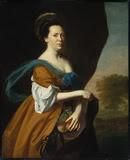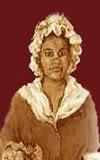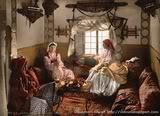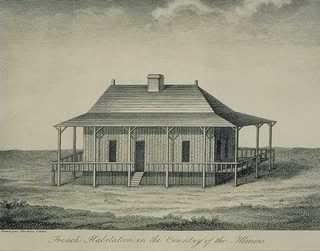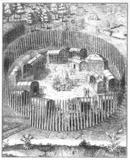Independent Colonial Woman Born in Scotland in 1726 and orphaned by 1737, Elizabeth Murray immigrated to the American colonies at age 22 and settled on her own in Boston, Massachusetts, where she ran a successful dry goods shop during the 1750s. Shopkeeping was a typical business for many women of her era – there were very few jobs open to unmarried women who aspired to a middle-class standard of living. She also owned a boardinghouse and a sewing school. Elizabeth launched her businesses with the help of her brother, James, who sold three slaves to get her started. He enlisted a London mercantile company and a buyer to purchase and supply goods to her. As a retailer and importer, Elizabeth…
